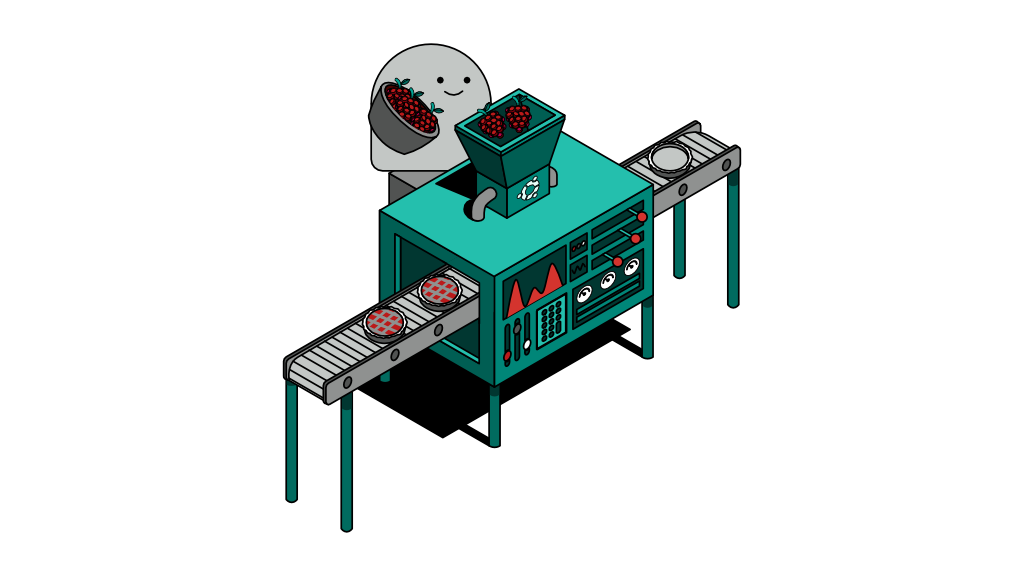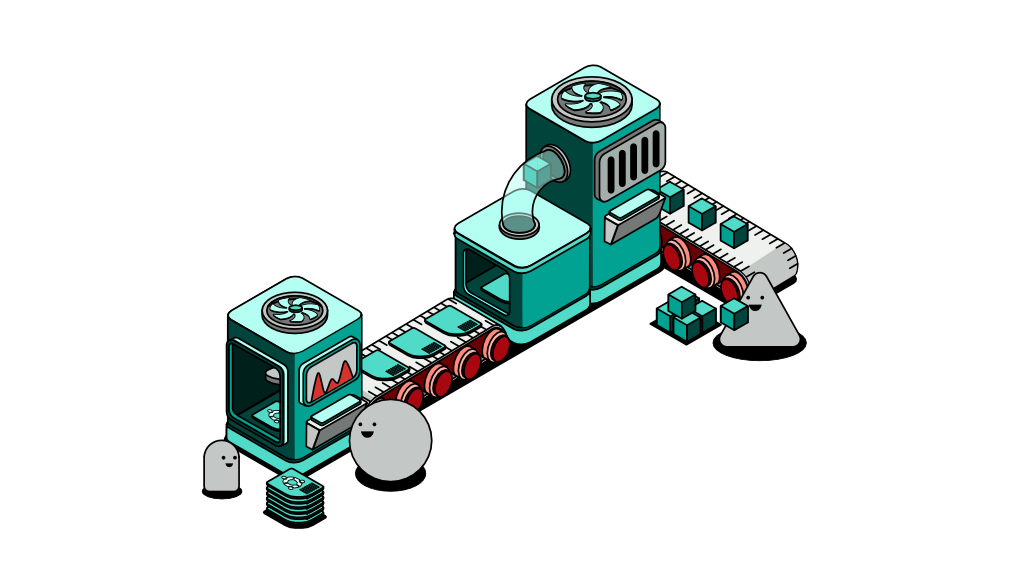Linux

The Linux system is an operating system that is free to use and distribute. Linux is used to power up all kinds of computers, ranging from personal computers to mobile phones, and huge data centres to tiny Raspberry Pis and other IoT devices.
Regardless of whether you end up using Linux or not, it should not prevent you from learning a thing or two about Linux to build some basic understanding of it as it becomes an increasingly important part of our world, given most cloud applications are powered by variations of the Linux system.
I’ve put together this topic as a brief explanation to the Linux Operating System. There are no real prerequisites to these articles, a simple understanding of how to use computers is sufficient to understand what Linux is. The articles are structured in a way that builds one’s overall understanding of the topic so it is recommended to read these articles in order. However, feel free to jump to any specific title if you already have prior knowledge of the subject.
It’s worth mentioning that this topic does not cover any technical implementation or installation. Instead, it is designed as a theoretical introduction to Linux, aimed to help you get started. For more experienced users, this topic can act as a refresher while hoping to deliver some new pieces of information.


